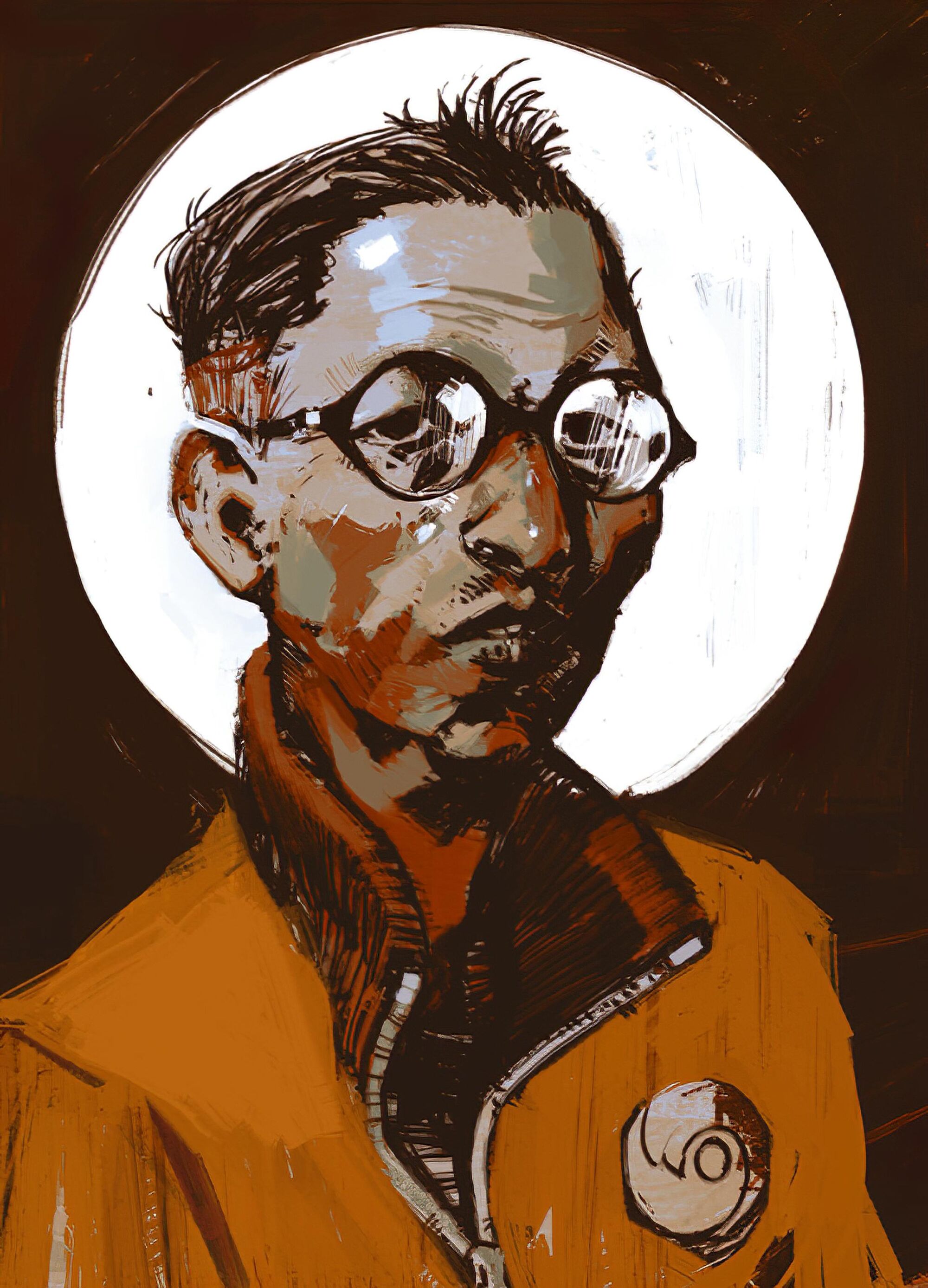- Why does China, a socialist country, have mega corporations like Tencent and Bytedance? Are they collectively owned by syndicates or unions? If this is a transitionary phase to socialism, can we trust China to actually enforce Socialism after this stage ends?
- Child Labor in factories: Myth or Fact? I have a Chinese friend who said he personally never worked as a child in China, but obviously if this was true not every single kid would have worked in a factory.
- Surveillance and Social Credit: are these myths, or are they true? Why would China go so far to implement these systems, surely it’d be far too costly and burdensome for whatever they’d gain from that.
- Uighur Muslim genocide: Is this true?
Thank you to anyone who answers, and if you do please cite sources so I can look further into China. I really appreciate it.
edit: I was going to ask about Tiananmen Square, but as it turns out that literally just didn’t happen. https://www.telegraph.co.uk/news/worldnews/wikileaks/8555142/Wikileaks-no-bloodshed-inside-Tiananmen-Square-cables-claim.html
https://leohezhao.medium.com/notes-for-30th-anniversary-of-tiananmen-incident-f098ef6efbc2
https://www.cbsnews.com/news/there-was-no-tiananmen-square-massacre/


To be fair, the USSR abandoned the Stalinist model as early as 1955, which sealed the fate of its inevitable downfall.
Khrushchev’s economic model of abandoning the financial system set up under Stalin led to the sovereign debt default in 1957, the excuse being “the government can’t afford to pay back the exponential growth of debt owed”. The whole point of national debt is for it to keep growing so that people have income to spend and to drive the local economy, because the state that prints its own currency can never run out of money. This was Khrushchev succumbing to liberal (neoclassical) conception of monetary theory and the start of food/goods shortage era in the USSR.
Khrushchev also had a weird fascination with American consumerism and vowed to compete with the American light industries using state planning. This led to the liquidation of hundreds of thousands of artels - cooperative enterprises producing a vast variety of consumer goods that had existed since the times of Tsarist Russia and were massive expanded and flourishing under Stalin’s USSR, and their consolidation into state planned industry doomed the Soviet economy to fail. State planning was meant for capital-intensive investment such as heavy industries and cutting edge R&D, not for producing furnitures and clothing.
It needs to be said that the USSR under Stalin had the highest and most rapid economic growth of any country in the history of humanity (a feat that will likely never be repeated again) - and they did it without relying on foreign capital investment or lowering the labor wages, maintaining its working conditions on par with Western Europe, keeping pensions and social safety nets intact, restored its economy to pre-war era within 5 years after WWII after losing 27 million people, all the while being sanctioned by the entire prosperous Western capitalist world.
China simply could not have done that with its huge population. They had to participate fully in the neoliberal model, driving the wages down and using its cheap labor to serve as the world’s factory for the American/European consumerism in order to attract foreign investment and build up the national wealth/capital accumulation. And all this was only made possible because America desperately needed to de-industrialize to crush the growing labor movements at home during the crises of 1970s.
The trajectories are different for both the USSR and China because of the differences in the historical development of their respective economic conditions. One simply cannot copy the other and make it work.